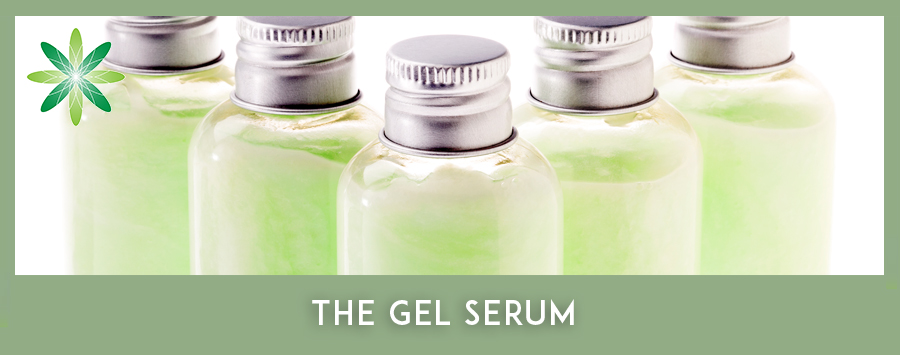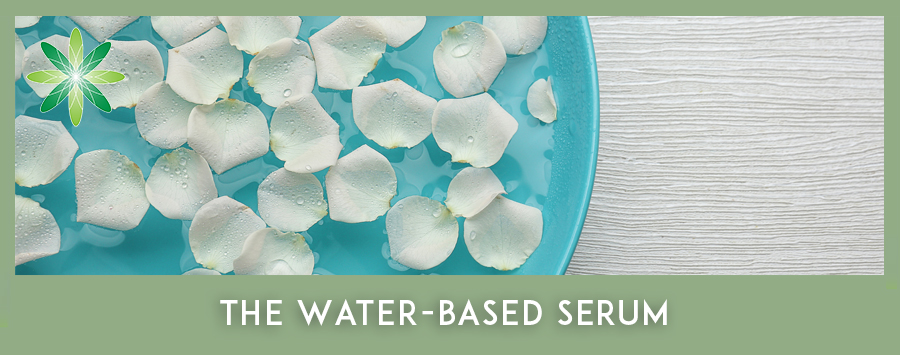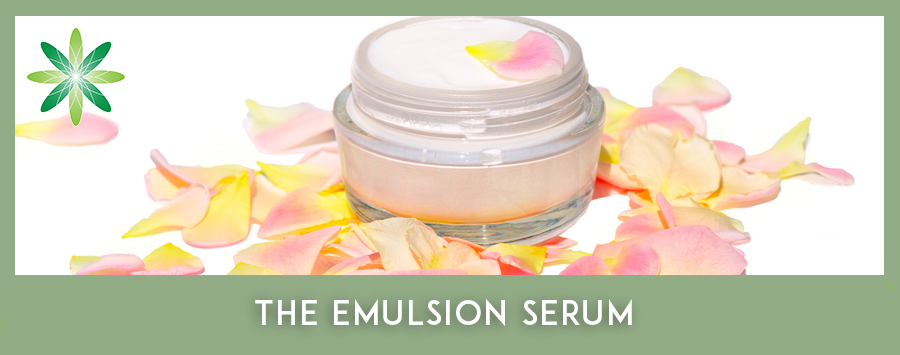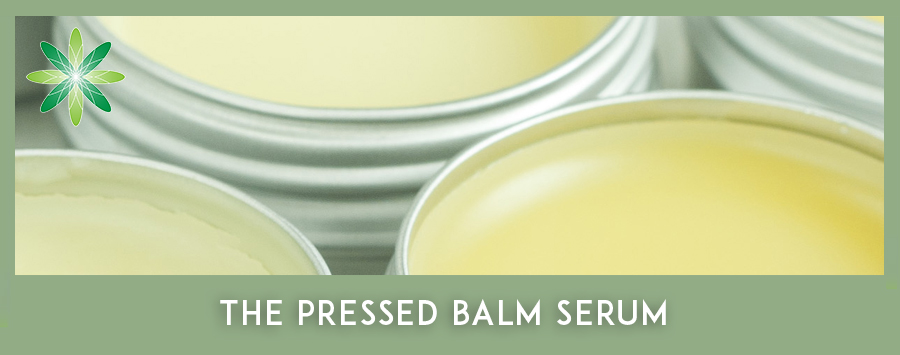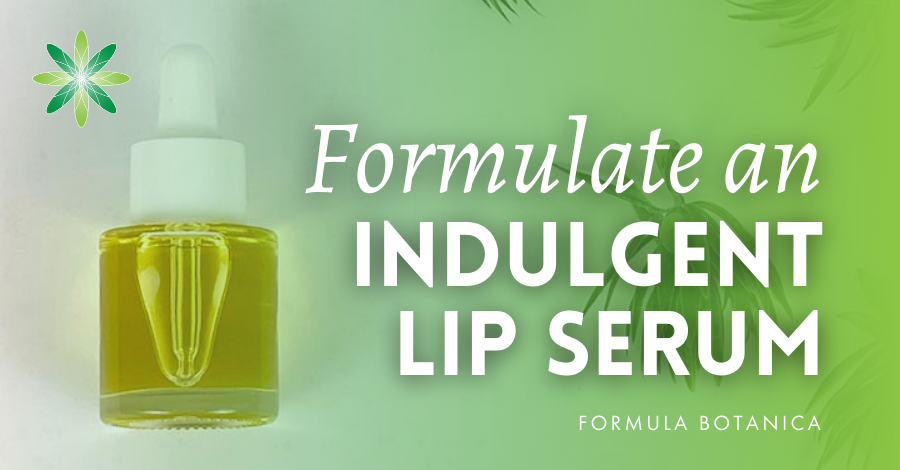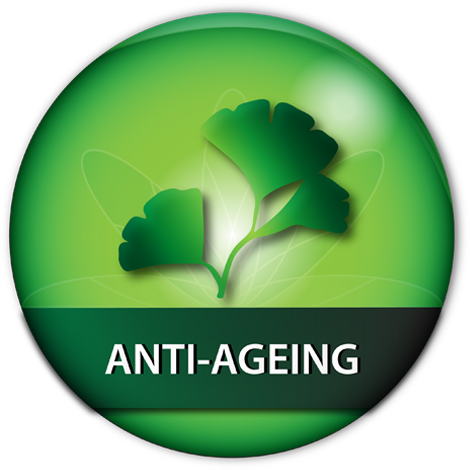Have you ever wondered what a facial serum is? We receive this question all the time from the skincare formulators in our global community. Understandably, they get confused by the different types of facial serum available on the market and can’t figure out what they’re supposed to be formulating.
The word ‘serum’ is used widely in the natural skincare industry and can mean different things to different people. By some people’s definitions a ‘serum’ can mean an oil-based serum, a gel-based serum, or a thin emulsion-based serum. So we decided to demystify the elusive facial serum in this blog post, to help you tell the difference between the types of serum formulations on the market.
1. The Oil Serum
Of all the facial serums, the oil serum is the easiest to formulate. It generally contains a foundation of exclusively high-end specialised carrier oils that are fast-absorbing (otherwise known as ‘dry’ oils). The high end oils contained with the serum not only offer moisturising and barrier repair properties, but also contain polyphenols, essential fatty acids and other compounds that can be metabolised by the skin.
On top of the foundation, you’ll find high performance oil-soluble extracts that can have a notable effect on the skin, as well as aroma-blends that contain aromatic chemicals that can benefit the skin. A serum will provide moisturising and barrier strengthening properties to the skin, as well as offering antioxidant properties.
Best of all? This type of formulation does not need a preservative because it does not contain water. You will however need to add an antioxidant, particularly as you will be working with highly sensitive plant oils that have a short shelf life. An antioxidant will lengthen the oils’ shelf life and will also add potential anti-ageing benefits to the product.
Want to learn how to make high performance oil serums? Enrol for our Certificate in Organic Anti-Ageing Skincare.
Read more: How to make a night-time facial oil for mature skin
2. The Gel Serum
Gel serums impart that ‘tightening’ feeling on the skin and allow your customer to feel that their skin is being temporarily lifted or tightened in certain areas of the face. Because this formulation is water-based, the gel serum gives you the opportunity to incorporate some wonderful water-based (hydrophilic) botanical extracts.
Gels are often thought of as transparent, but you can impart colour to gels by infusing glycerites, including colourful extracts and adding colourful botanical powders into the formulation. Gels are hot property in the world of natural cosmetics, as we discussed in our podcast on the top 10 trends we spotted at In-Cosmetics Global 2018 in Amsterdam.
The biggest challenge of making a gel serum will be to find the right thickness and consistency so that you can dispense the serum properly. You may want to consider a dropper or pump bottle in order to keep air and light away from your high performance extracts, but then the gel will have to have a runny consistency.
Want to learn advanced techniques on working with gums and thickeners? Enrol for our Advanced Diploma in Organic Cosmetic Science.
Read more: How to use a natural solubiliser
3. The Water-Based Serum
Water-based serums are similar to gel serums, although will contain fewer gums and thickeners (or none at all!). You would use a water-based facial serum to deliver high performance hydrophilic botanical extracts which are then trapped against the skin underneath a cream or lotion. The perfect way to encourage greater penetration of water-based ingredients into the skin, thereby delivering their high performance ingredients slightly deeper into the layers of the skin, is by layering an anti-ageing facial mist underneath an emulsion and then underneath an oil. The oils will create an occlusive barrier which will encourage greater penetration of ingredients.
A facial serum will contain a foundation that consists of water-based ingredients such as hydrosols which can have soothing, skin toning and balancing properties. You would then include skin-feel ingredients such as humectants, which help the serum cling to the skin. Some customers may like the feel of humectants on their skin which will give them a lasting feel after they’ve spritzed or patted on the facial serum. Finally, you would include high-performance botanical extracts and aroma-ceuticals to pack your formulation full of botanical goodness.
Want to learn how to make high performance facial mists and elixirs? Enrol for our Certificate in Organic Anti-Ageing Skincare.
Read more: How to spot a fake hydrosol
4. The Emulsion Serum
A facial serum that consists of an emulsion is a moisturiser which delivers high performance ingredients into the skin, as well as acting to strengthen the skin’s barrier function. An emulsion brings together two ‘immiscible’ phases – phases that don’t want to mix with each other, such as oil and water. We use an emulsifier to create a bond between the oil and water and hold them in a stable form.
An emulsion has the greatest potential for delivering high performance actives deep down into the skin’s tissues. Getting down to the dermis is very challenging for any cosmetic ingredient, given the skin’s barrier function, but a blend of oil and water is best suited for achieving this impressive task. The emulsion will also deliver moisturising properties to the skin, strengthening the barrier function.
Want to learn the dark art of organic emulsification? Enrol for our Diploma in Organic Skincare Formulation.
Read more: How to make a sprayable lotion with Sucrose Stearate
5. The ‘Pressed’ Balm Serum
You might be looking at the line-up of facial serum formulations above, thinking “how does a balm serum fit in this list?“. We were also taken by surprise when the ‘pressed serum’ started trending in the natural beauty sector in 2017, but we think that the pressed serum offers fantastic possibilities for the savvy skincare formulator. The biggest difference between the balm serum and all of the others is that this serum takes on a solid form, whilst all of the others are liquid.
A balm serum has a typical balm foundation, consisting of butters, waxes and oils, but then contains oil-soluble (lipophilic) active ingredients that can offer benefits to the skin.The butters and waxes create an occlusive layer on the skin which moisturises and nourishes, whilst giving the active ingredients of the pressed serum the opportunity to work their magic on the skin. There are dozens of interesting exotic butters and waxes that can be used in a balm serum, paired with hundreds of wonderful botanical oils.
Want to learn how to make balms? Enrol for our Diploma in Organic Skincare Formulation.
Learn the differences between the 5 main types of organic facial serum formulations in terms of their ingredients, consistency and application. #greenbeauty #naturalskincare #serum Click To TweetRead more: How to make a natural cleansing balm
How do you use a Facial Serum?
Although these 5 facial serum types are very different, they all have one thing in common – the way that people use them on their skin! So how are they used?
- A facial serum is formulated with a higher concentration of active ingredients than its more ‘regular’ counterparts, so it is used in smaller quantities – often only a few drops.
- A facial serum is generally applied underneath other skincare products, so that it is ‘locked’ between the skin and other products.
- A facial serum is generally applied daily after cleansing and toning.
- A facial serum is massaged onto the skin with one or two fingers to avoid wasting serum.
- A facial serum is formulated to target specific skin issues, which is why you will see brightening, illuminating, soothing, acne-fighting serums, etc.
- A facial serum will typically promote its active ingredients on its label. We’ve all seen facial serums advertising retinol, Vitamin C and peptides – these ingredients form the main selling point for the serum.
Serum, Essences and Ampoules
Finally, we have focused on serums in this article but it is worth understanding that the humble facial serum is not the only skincare product on the market offering active benefits for the skin. If you follow K-Beauty, then you might also have come across essences and ampoules. What’s the difference? We’ve summarised it here for you in this handy table.
Serum |
Essence |
Ampoule |
|
| Purpose | Delivery of high performance actives | Add a layer of hydration before serum application | Delivery of super concentrated high performance actives |
| Application | Apply after cleansing and toning, potentially after using an essence | Apply before a serum, after cleansing and toning | Apply when required to tackle specific skin issues |
| Consistency | Light so that it can be easily applied to the skin in a few drops. | Lightweight | Light and easily absorbed into the skin. Some ampoules feel slippery. |
| Formulation | Whilst traditional serums are emulsions, you will also find gel, water, oil and balm serums. | You can compare an essence to a toner that offers a skin treatment. | Will contain as few functional ingredients as possible, to pack in as many actives as possible. |
| Ingredients | Contains a decent concentration of active ingredients – imagine it sitting in-between the essence and ampoule in terms of actives. | Lower concentration of active ingredients | Very high concentration of active ingredients – some brands claim as high as 50%! |
| Frequency of use | Daily | Daily | When required |
| Packaging | Often packaged in high end pump or dropper bottles. | Often packaged in a similar way to toners. | Often sold in single use packaging, vials or small bottles. |
Which is your favourite facial serum? Leave us a comment below!
FAQs
How do you apply face serum?
The most common form of face serum is a light emulsion which is applied after cleansing and toning and before a moisturizer and applying make-up. Emulsion serums are generally for daily use and dispensed from an airlock pump mechanism or by pipette dropper. As they are high-end formulations and more expensive, you tend to need just a small amount. Apply a small small squirt or a few drops to clean fingertips, and dab and massage lightly onto intended areas of your face. Leave a few minutes to absorb before you apply moisturizer.
What is a serum and how do you use it?
Face serums are powerhouses of active ingredients designed to target specific skin types, issues and needs. They can come in many different types of cosmetic formulation. The most common is the light emulsion but you will find also gel, water, oil-only, and pressed balm serums on the market. Serums are formulated with precision to address specific skincare needs. So choose a serum carefully. Mostly, serums are intended for daily use after cleansing and toning your face but before applying a moisturizer if you use one. However, each cosmetic brand will have different instructions so read up on how and when to use your specific serum.
What is the best natural face serum?
There is no single, one-serum-fits-all product or brand of serum on the market. Your choice of facial serum depends on your specific skincare needs and preferences. Serums come in many different types of cosmetic formulation with active ingredients designed to target areas of the face, such as the under eye area, and particular skincare issues. Gel- and water-based serums may contain humectants which may leave a slightly sticky feel on the skin. Anhydrous serums like oil-only and pressed balm serums may have too heavy or greasy a skin feel for your liking. Do your research on your needs and the formulation types available.
Leave us a comment
Lorraine Dallmeier is a Biologist, Chartered Environmentalist and the CEO of Formula Botanica, the award-winning online organic cosmetic science school. Read more about Lorraine and the Formula Botanica Team.



